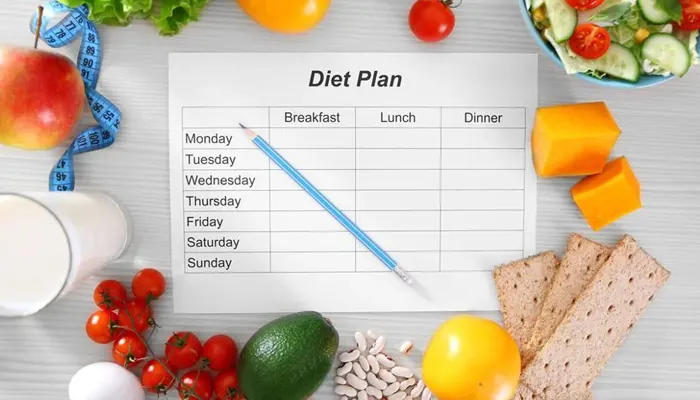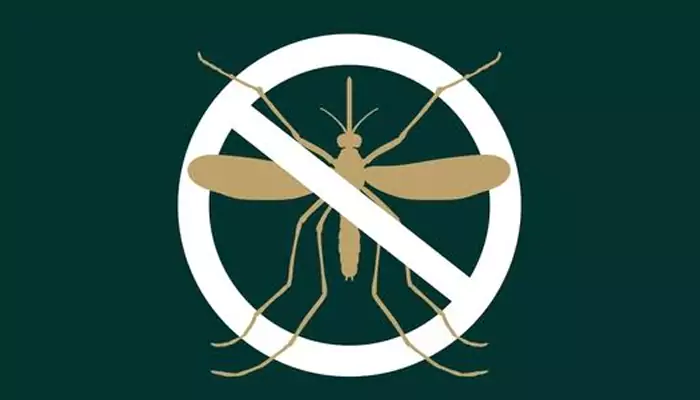Label Logic – How To Read Food Labels To Avoid Allergens
- Ishani Karmakar
- 4 months ago
- 4 minutes read

Navigating the grocery store can feel like walking through a minefield if you or someone you care for has food allergies.
One wrong move—a misread label, a hidden ingredient—and you could be facing a serious allergic reaction. Thankfully, food labels have come a long way in helping consumers make informed choices. But with so much information packed into such a small space, it can still be tricky to decipher what’s safe and what’s not. This guide will help you understand how to read food labels effectively to avoid allergens, ensuring that your shopping trips are as stress-free as possible.
Understanding Allergen Labeling Laws
The first step in mastering food label reading is understanding the laws that govern them. In many countries, including the United States and the European Union, food manufacturers are required to clearly label the presence of the top eight allergens. These allergens must be listed either in the ingredients list or in a separate “contains” statement, such as “Contains: Milk, Soy.”
However, it’s important to remember that allergen labelling laws vary from country to country. If you’re traveling or purchasing imported goods, take extra care to familiarize yourself with the labelling practices in that region.
Breaking Down the Ingredients List
The ingredients list is where you’ll find the most detailed information about what’s in your food. Ingredients are listed in order of quantity, with the most abundant ingredient first. When scanning this list, keep an eye out for any of the allergens you’re trying to avoid.
It’s crucial to know that allergens can appear under different names. For example, casein and whey are both derived from milk. If you’re avoiding gluten, you’ll need to look for more than just “wheat” on the label—barley, rye, and malt are also common sources of gluten.
The "May Contain" and "Processed In" Statements
In addition to the ingredients list, many food labels include precautionary statements like “May contain traces of...” or “Processed in a facility that also processes...” These warnings are designed to alert consumers to the possibility of cross-contamination during manufacturing.
While these statements are voluntary and not regulated by law, they should still be taken seriously, especially if you have a severe allergy. Cross-contamination can occur if the same equipment is used to process different products, even if the allergen isn’t an intentional ingredient in the food.
Understanding “Free From” Labels
Products labelled as “free from” specific allergens are becoming increasingly common. For example, you might see labels that say “gluten-free,” “dairy-free,” or “nut-free.” These labels can offer peace of mind, but it’s still essential to read the full ingredients list. “Free from” labels are regulated, but manufacturers may use substitute ingredients that could pose a risk if you have multiple allergies.
For example, a product labeled “dairy-free” might use soy or coconut milk as a substitute, which could be problematic for those allergic to soy or coconut. Always double-check to ensure that a product is truly safe for your specific dietary needs.
The Role of Allergen Codes and Symbols
Some products use allergen codes or symbols to make it easier to identify potential allergens. These can be particularly helpful if you’re short on time or if the ingredients list is long and complex. Common symbols include a peanut icon for products containing nuts or a wheat stalk for gluten-containing items.
However, not all products use these symbols, and the absence of a symbol doesn’t necessarily mean the product is free of allergens. Use these codes as a quick reference, but always refer to the full ingredients list for confirmation.
Hidden Allergens and Uncommon Sources
Allergens can sometimes be hidden in ingredients that don’t seem like obvious risks. For instance, certain salad dressings may include soy or wheat derivatives. Terms like “natural flavours” or “spices” can also be vague and potentially misleading. When in doubt, contact the manufacturer directly for clarification.
Additionally, be cautious of foods that are not pre-packaged or that are prepared in-store, such as bakery items or deli salads. These products may not have detailed ingredient labels, and cross-contamination is more likely.
Reading food labels might seem daunting at first, but with practice, it becomes second nature. When it comes to food allergies, it’s always better to be cautious. Don’t hesitate to reach out to manufacturers for more information, and if you’re ever in doubt about a product, it’s best to err on the side of caution and choose something else.












